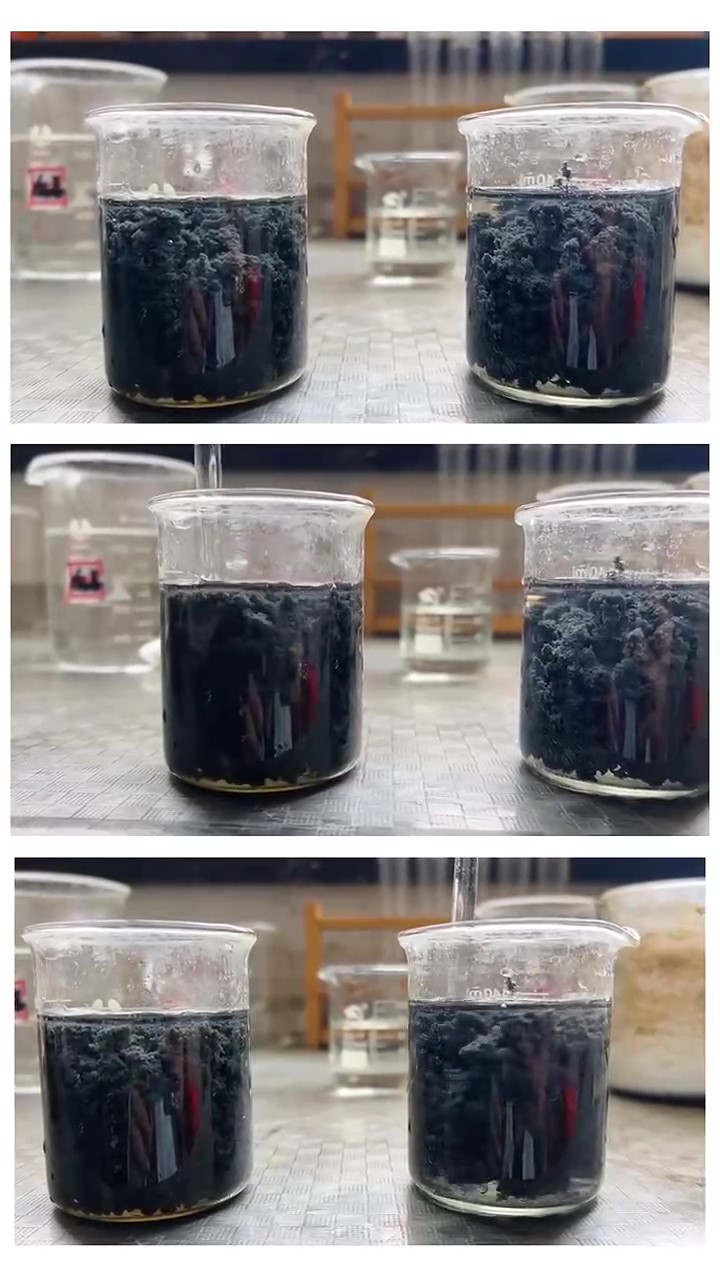How to Solve the Problems Caused by Adding Paint Mist Coagulants
How to solve the problems caused by adding paint mist coagulants? In the treatment of paint wastewater, paint mist coagulants are common water treatment agents. The main function is to decompose and detackify and coagulate and float, so as to achieve the purpose of paint water separation, keep the circulating water clean, and extend the use cycle of circulating water. The agent is divided into two components, A and B. It is necessary to add A first and then B. The two agents must be used together to achieve the treatment effect.
Common problems in the use of paint mist coagulants

1. There is paint adhesion on the water curtain. Can it be solved?
Paint mist coagulants have the functions of breaking and decomposing, which can prevent paint mist from adhering to the water curtain and in the pipeline. If it takes a long time, the hardened paint cannot be removed. It is recommended to add it reasonably to ensure the normal operation of the equipment.
2. Can paint mist coagulants treat water-based paint?
Yes, there are models for water-based paint wastewater treatment in the paint mist coagulant series products, which have outstanding color removal and turbidity removal effects.
3. How to use paint mist coagulant and how much to use?
Paint mist coagulants are divided into A and B agents. The two agents need to be used together. Add A first and then B, and there must be an interval time, generally 15-90 minutes. The dosage ratio problem is that the dosage of paint mist coagulant is mainly adjusted according to the classification of paint and the amount of paint falling on site. Generally, too small a dosage may cause the paint residue to fail to condense or the water quality to be unclear. Too much dosage will cause the paint residue to be scattered and unable to condense. Therefore, it is recommended to determine the reasonable dosage through experiments in the early stage.
4. Can the treated paint spraying wastewater be discharged?
Generally, it cannot be discharged directly, but it can be reused as circulating water to reduce emissions.
